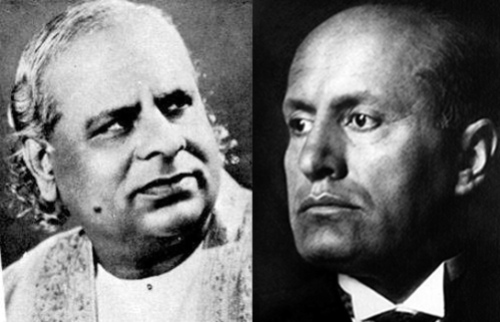
In an interview, Bobby McFerrin responded to being termed a “science guy”:
“I’m not really much of a science guy, but I’ve been privileged to work with Daniel Levitan and Elaina Mannes, scientists who are interested in how music affects people. Well, every time I give a concert I spend my whole time observing how music affects the people! So it’s very interesting to me.”
“The piece I did at the World Science Festival is called the Pentatonic romp. I’ve performed it all over the world, and people everywhere can sing that scale by ear. Doesn’t matter what language they speak or what kind of music they listen to. It’s like it’s built in. I’ve done it for decades now and I still think it’s amazing!”
Quoted in “Science, faith and improv: An interview with Bobby McFerrin” (Bandwagon 17 February 2015).
Today is McFerrin’s 70th birthday! Above, performing at !Sing: Day of Song in 2010 (photo by Michael Koschinski); below, the 2009 World Science Festival performance.





